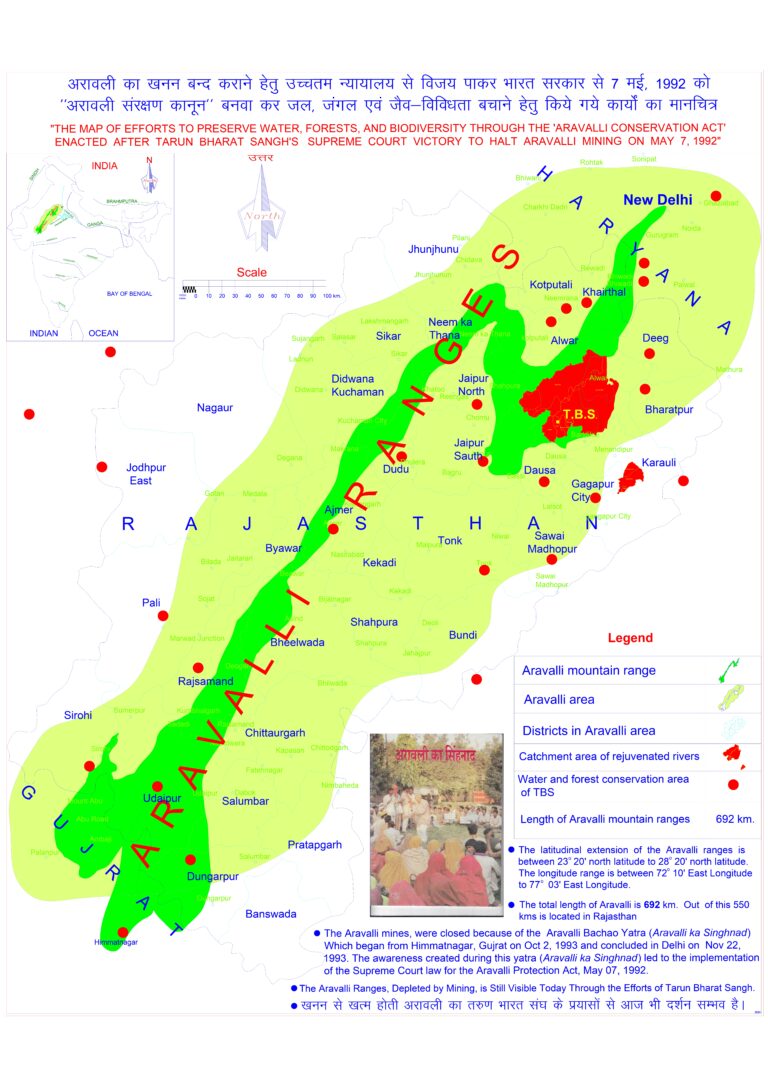
Geneva: The export restrictions currently in force which were introduced by countries out of the fear of severe domestic shortages of basic foodstuffs following the war in Ukraine, cover approximately USD 85 billion of total world exports, a Trade Monitoring Update published today by the World Trade Organization (WTO) Secretariat providing a brief factual overview of trade policy developments, reveals.
The information contained in the note — entitled “A Year of Turbulence on Food and Fertilizers Markets” — is based on research undertaken by the WTO Secretariat in the context of the WTO Trade Monitoring Reports circulated on July 13 and November 22, 2022, including trade measures submitted or verified by WTO members and observers, and continuous monitoring of trade policy trends.
The note sheds light on trade measures introduced in the context of the war, in particular in the food, feed and fertilizer sectors. It points out that immediately following the outbreak of the war on February 24, 2022, several export restrictions on wheat, barley, sugar and seeds from Ukraine and the Russian Federation were implemented.
The note indicates that the fear of severe domestic shortages of basic foodstuffs appeared to have pushed other countries to also introduce export restrictions on basic foodstuffs or their close substitutes. The effect of these restrictions on food markets and consumers globally was almost immediate. This hit consumers globally, but especially those in developing and least developed countries in Africa, the Middle East, and parts of Asia.
WTO Trade Monitoring data suggest that irrespective of existing export restrictions on food, feed and fertilizers prior to the outbreak of the war in Ukraine, a noticeable spike took place after February 24, 2022.
The note mentions that since the beginning of the war and up to February 28, 2023, 96 export restrictions on essential agricultural commodities were identified to have been applied by 29 WTO members and six observers. Of these, 88 applied to food and feed and eight specifically targeted fertilizer exports. Over the past 12 months, some 28 measures were phased out, thus bringing to 68 the total number of measures currently applied (63 on food and five on fertilizers) by 27 WTO members and five observers.
The update indicates that the nature of export restrictions became more diversified over time. Initially, it appears that the fear of domestic shortfalls of food, feed and fertilizers saw authorities resorting to export bans and export quotas. These types of quantitative measures were very restrictive and had an immediate effect on trade flows.
However, as from May 2022, when global food and fertilizer markets began to stabilize, the recourse to less restrictive measures increased. For example, export restrictions started to include licensing requirements and duties. Additionally, some of the bans imposed earlier were removed or replaced by less restrictive measures. Nevertheless, export bans remained the most utilized form of export restrictions throughout the whole period.
The note underlines that while the initial implementation of export restrictions was often directly attributed to the war, subsequent measures were introduced with a reference to the need to ensure domestic supply and to contain inflationary pressures. In a sense, it would appear that the initial direct linkage between the war and the implementation of export restrictions is now less obvious, it said.
Together, Ukraine and the Russian Federation are major food and agricultural exporters and ranked in 2021 amongst the top exporters of wheat, maize, rapeseed, sunflower seed and sunflower oil. Additionally, the Russian Federation is a top supplier of fertilizers.
Trade-restrictive measures were introduced to protect domestic markets in the context of the multiple interconnected crises derived from decreasing agricultural yields due to the adverse effects of climate change, the COVID-19 pandemic, rising energy costs and inflation as well as persistent and growing food crises.
Although the rise in export restrictions on food and fertilizers since the outbreak of the war in Ukraine has been linked to turbulence in the international markets, in particular with respect to growing food insecurity, WTO members and observers have also introduced several import-facilitating measures for these products.
As of February 28, 2023, WTO Trade Monitoring has identified 71 measures facilitating imports of food, feed and fertilizers, including 63 specifically on food/feed, seven combined on food/feed and fertilizers, and one purely on fertilizers. These measures were introduced by 62 WTO members and two observers. Twenty-five of these measures were phased out, bringing the total number of currently applied measures to 46 (39 on food/feed, six on food/feed and fertilizers, and one purely on fertilizers), imposed by 59 WTO members and two observers.
Import measures included the reduction and/or elimination of import tariffs and other duties as well as the removal of import quotas. Like the scope of export restrictions, import-facilitating measures focused on various agricultural commodities, including wheat, rice, flour, edible oils, cereals and meats.
Transparency in the implementation of trade measures is essential, the WTO said, stressing that ensuring transparency and proportionality in the context of the implementation of export restrictions remains imperative as they provide predictability and reduce uncertainty in international markets, especially during the current polycrisis.
– global bihari bureau





